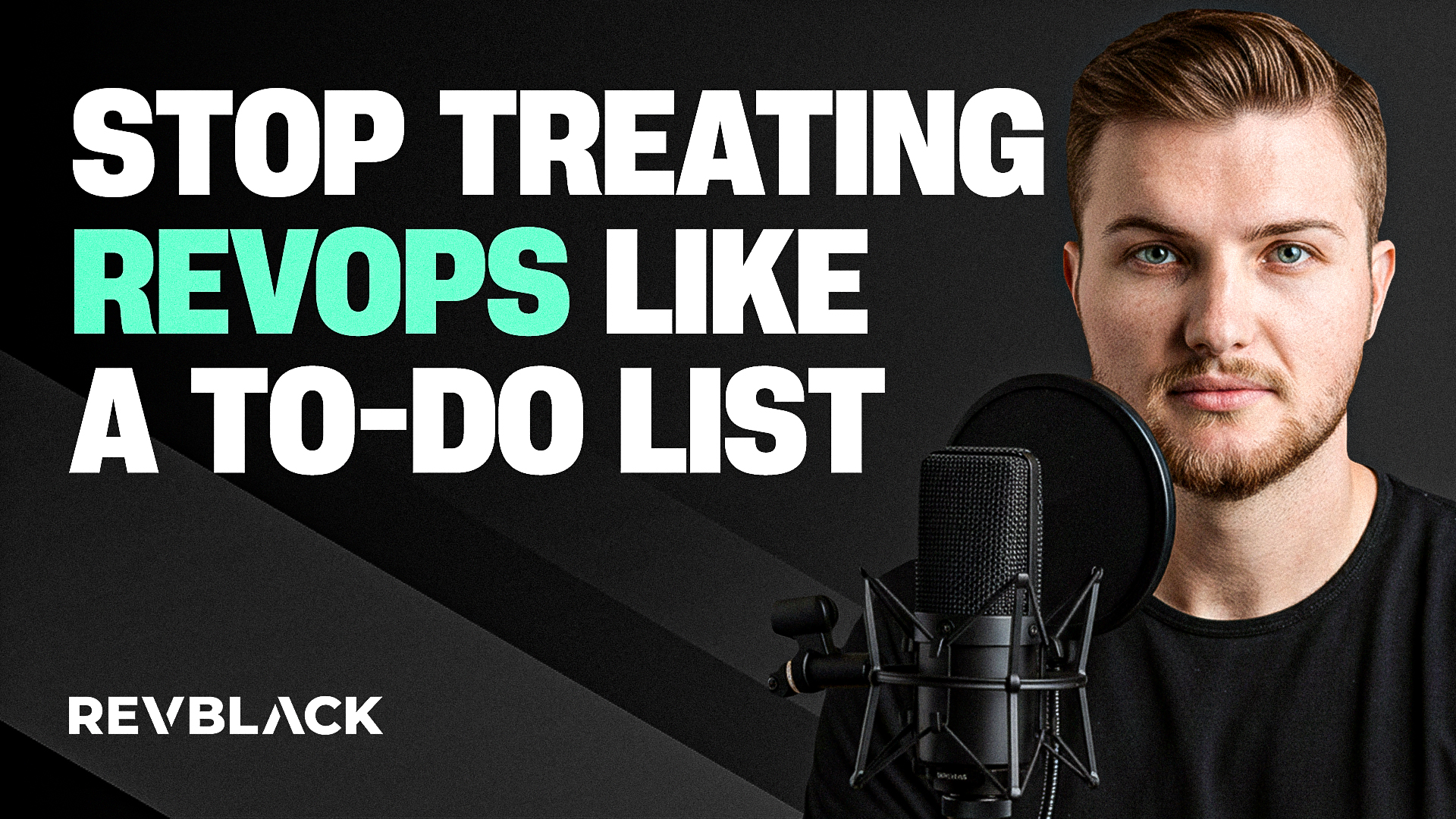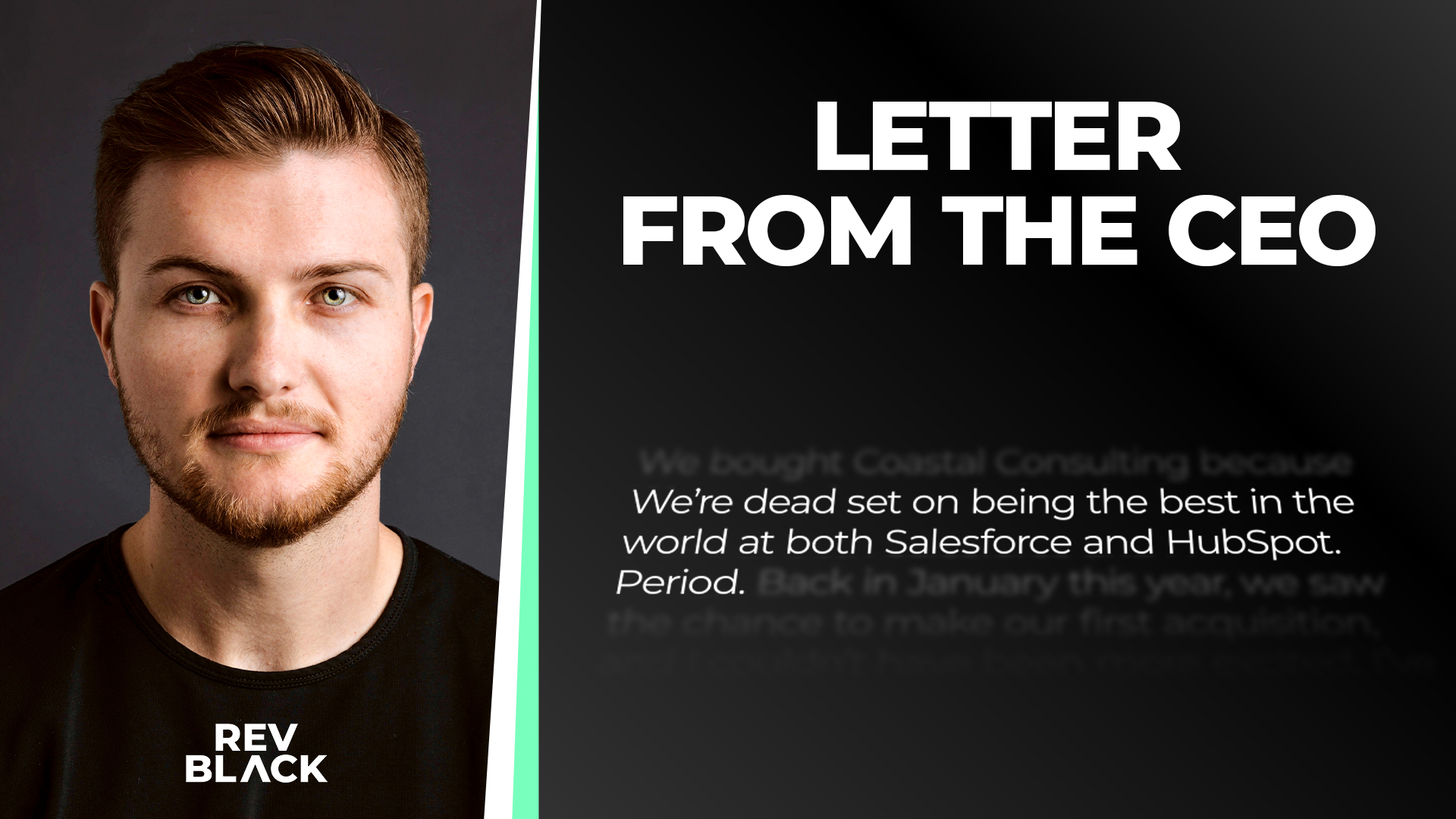Can you use HubSpot for your entire GTM tech stack?
Why smart GTM teams run fully on HubSpot.

If your company already runs HubSpot as the main CRM, here’s a question worth asking: should you also lean on HubSpot for the rest of your go-to-market (GTM) stack before you start buying third-party tools?
For a lot of GTM teams, the answer is yes.
Especially for smaller companies, it’s possible to run nearly 100% of the stack on HubSpot; marketing automation, sales tools, customer service, analytics, even CMS. The companies that go this route tend to carry less technical debt, see better adoption, and run faster because their teams are using one single platform instead of a patchwork of half-connected tools.
On the other hand, stitching together third-party integrations comes with hidden costs. They’re hard to maintain, often push teams to bounce between multiple systems, and can end up being more expensive long term.
That’s the context. The bigger point is this: in a competitive landscape, GTM leaders can’t afford stacks that slow people down.
Let’s look at why HubSpot is often the smarter move for GTM teams.
One platform = less complexity
HubSpot's market ambitions are to be THE all-in-one platform. And for the most part, they've lived up to this ambition.
Marketing automation, sales enablement, customer service, website management can all be handled by it. Meaning you can run campaigns, track leads, manage pipeline, and support customers without hopping back and forth between tools.
This simplicity matters, because when you manage everything in one system, you avoid the overhead of juggling multiple vendors, messy integrations, and conflicting reports.
It also accelerates adoption because teams aren’t forced to learn and maintain five different tools. And when you scale, HubSpot scales with you. New functionality can be layered in without ripping and replacing the stack.
The interface is designed for usability too. GTM teams don’t need weeks of training to get started. Even non-technical users can navigate HubSpot quickly, which means faster time-to-value for new hires and less reliance on admin overhead.
And when something does break, HubSpot’s 24/7 support keeps smaller teams from getting stuck.
Built-In marketing automation
Marketing automation has become the GTM norm. It’s how lean GTM teams scale without hiring ahead of revenue. HubSpot’s automation suite makes this super accessible without layering in another vendor.
You can build workflows that trigger based on buyer behavior: nurture leads, send tailored emails, schedule social posts, and hand off to sales when the timing is right. Because automation is tied directly to HubSpot’s CRM, campaigns stay contextual. Your leads will never be handed cold names, instead they get names that are attached to all the signals that matter.
For GTM teams, the main boon is efficiency. A small team can carry the weight of a bulky team with half the muscle. And when campaigns run, HubSpot’s analytics close the loop.
Analytics that drive alignment
Visibility is where most GTM teams stumble. When marketing, sales, and CS run on different systems, reporting becomes a guessing game. HubSpot fixes that by centralizing the customer journey: website traffic, lead gen, pipeline velocity, and retention all live in one platform.
This means you can easily measure CAC, LTV, and ROI by channel without cobbling together spreadsheets. It can all be there on one single dashboard for every stakeholder to glance at.
And whenever you do need outside data, HubSpot integrates with many other platforms. It's basically an open system. Through its native integrations, API, and app marketplace, HubSpot connects directly with the other tools GTM teams rely on; Slack, Zoom, LinkedIn Ads, Google Ads, Salesforce, Stripe, Zapier, and hundreds more.
Need help building your GTM motion on Hubspot?
At RevBlack, we’re certified HubSpot experts who’ve seen what works AND what doesn't.
Right now, you need clarity. We offer a simple tech stack audit, for free.
In a short scoping session, we’ll score your stack across sales, marketing, and operations, then outline where to cut friction and where to invest. From there, you’ll have a clear path forward.













